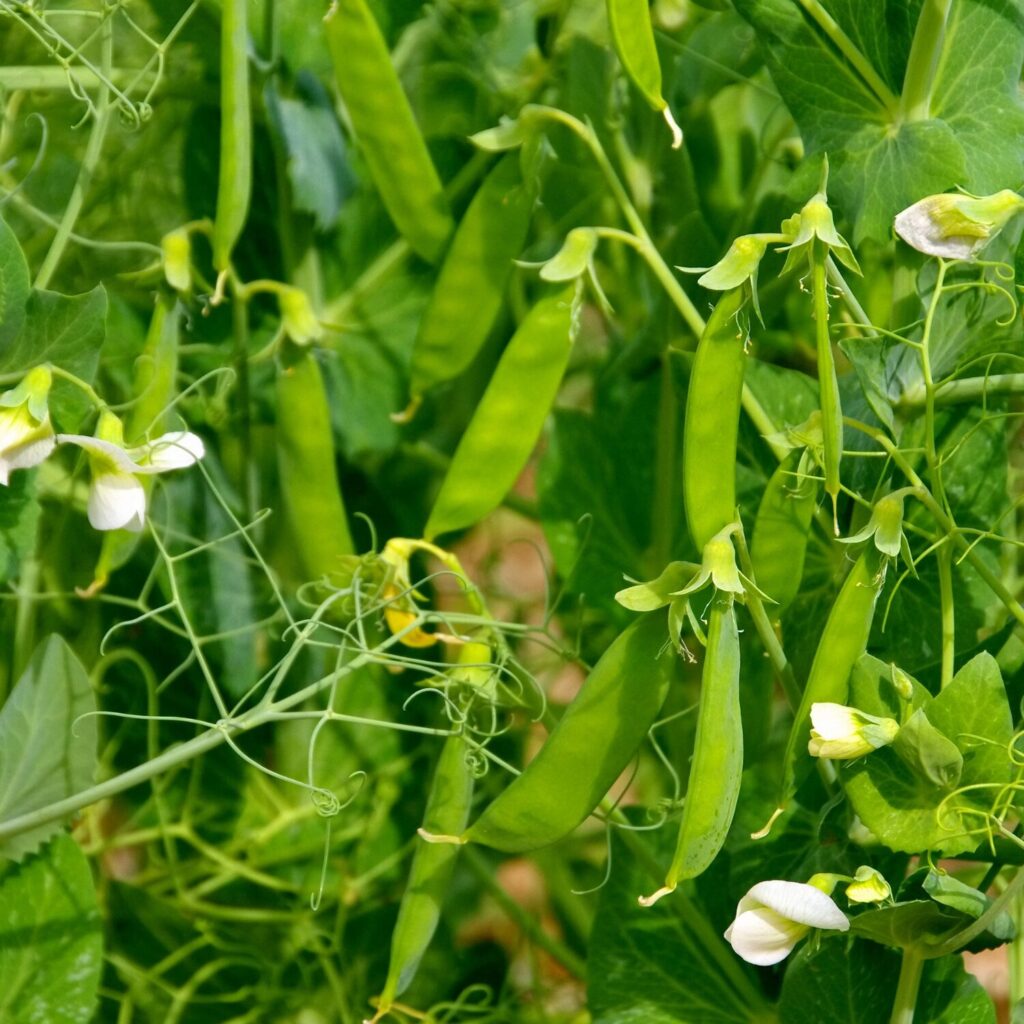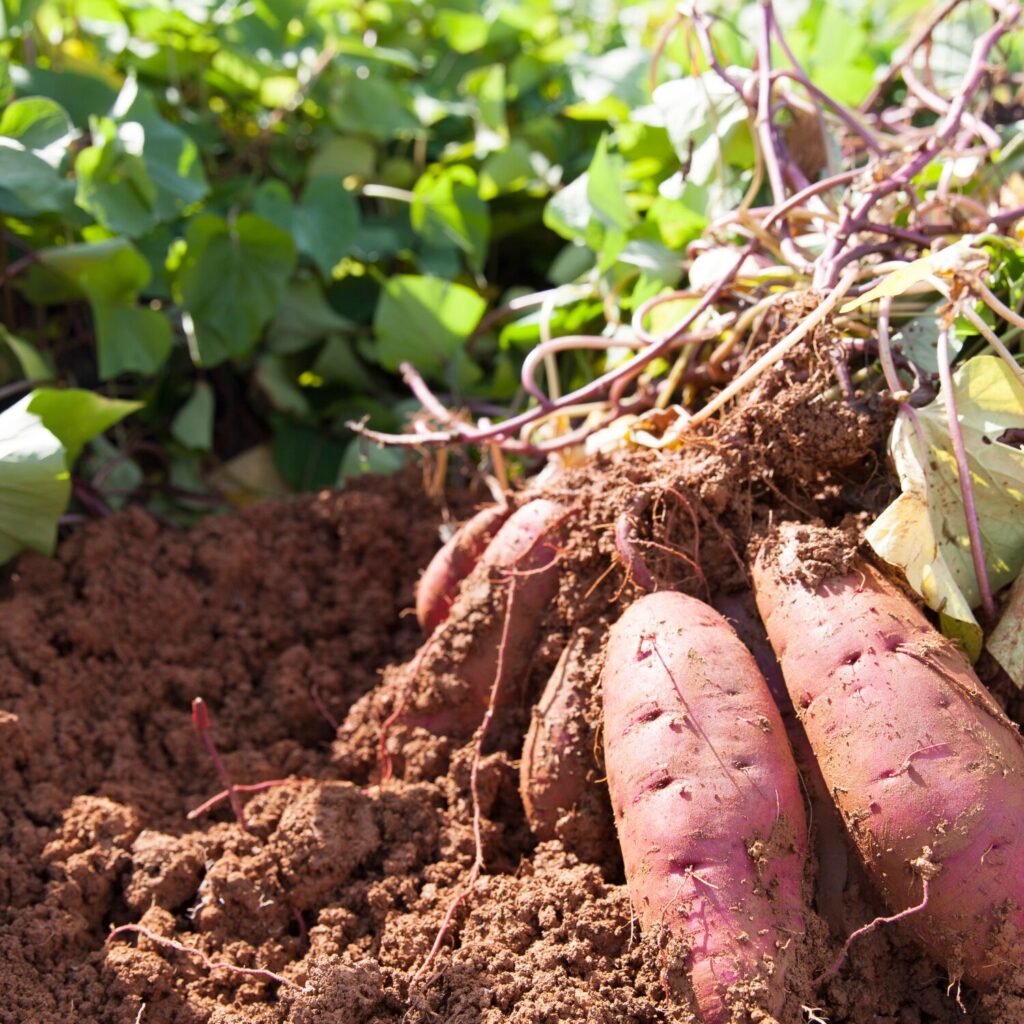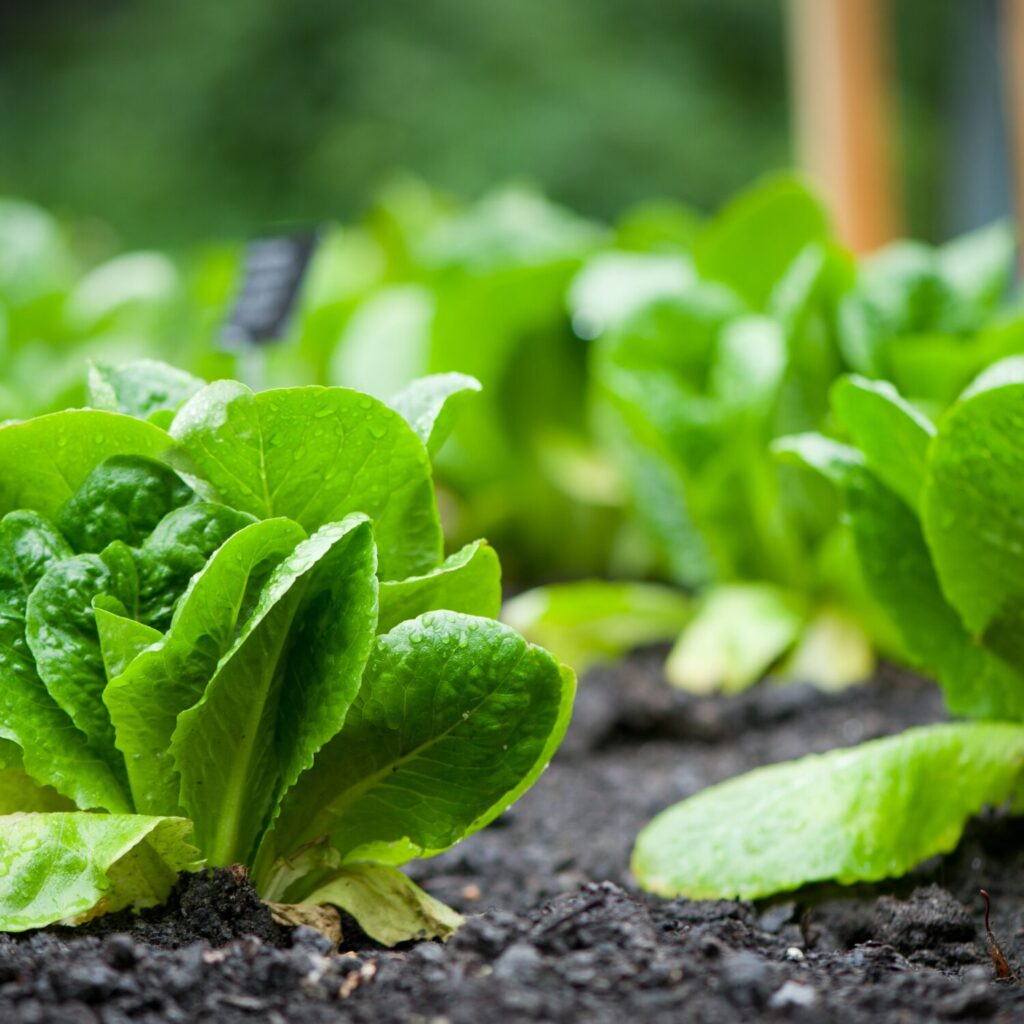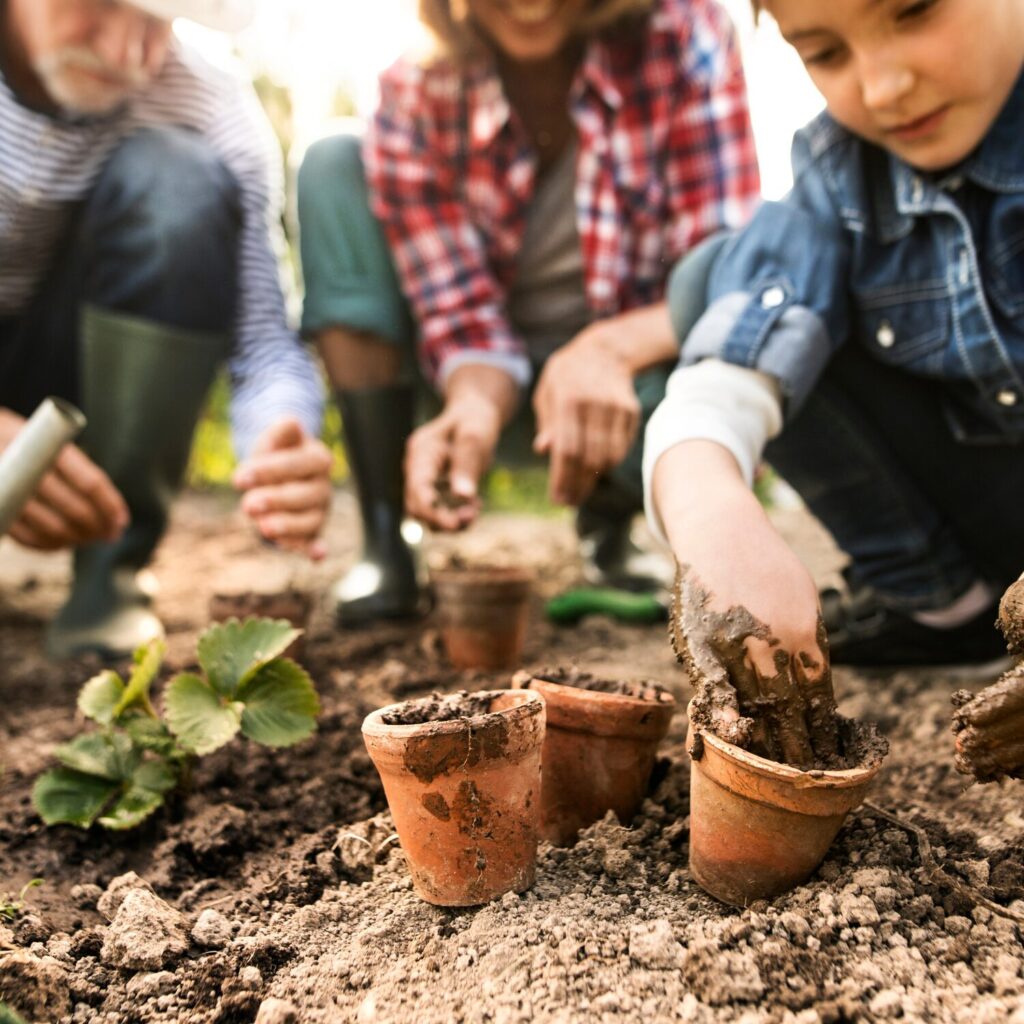Embarking on the journey of planting a vegetable garden in March is an exciting endeavor, especially for a beginner gardener. This time of year is perfect for starting a variety of vegetables that thrive in the cool, early spring days. As the frost begins to thaw and the days grow longer, the soil becomes ready to nurture the seeds and seedlings that will grow into a bountiful harvest.
Whether you have a small backyard plot, a few containers, or a raised bed, March is an ideal time to begin sowing seeds for vegetables like peas, lettuce, spinach, and radishes. It’s a month that offers a blend of anticipation and practical learning, and with some basic knowledge and a bit of care, you’ll be on your way to enjoying the fruits of your labor.
As you prepare your soil and select your seeds, remember that gardening is not just about the harvest – it’s about the journey of growth, both for your plants and for you as a gardener.
Starting a garden in March can be a rewarding experience. Here’s a comprehensive guide to help you begin:

Top Vegetable Seeds to Plant in March
- Peas: Ideal for cooler weather, peas should be sown directly into the soil.
- Lettuces: A variety of lettuces can be started early. They prefer cooler temperatures and partial shade.
- Spinach: Another cool-weather crop, spinach can be planted early for a quick harvest.
- Radishes: Quick to germinate, radishes are perfect for early planting and offer a fast yield.
- Carrots: They can be sown early but may take a while to germinate. Light, sandy soil is preferred.
- Onions: Plant onion sets in early March for a summer harvest.
- Beets: These can be planted early and prefer well-drained soil.
- Broccoli: Start indoors and transplant after the last frost for best results.

Important Tips To Remember
- Soil Preparation: Ensure your soil is well-tilled, free of weeds, and enriched with compost or organic matter.
- Spacing: Follow the recommended spacing guidelines for each vegetable to avoid overcrowding.
- Watering: Regular watering is crucial, especially as seeds are germinating and during dry spells.
- Frost Protection: Be prepared to protect your plants from late frosts using cloches or fleece.
Essential Gardening Tools and Supplies
- Trowel: For digging and planting seeds.
- Gardening Gloves: To protect your hands while working.
- Watering Can or Hose: For consistent watering.
- Garden Fork: For turning the soil.
- Seed Trays and Pots: If you’re starting some seeds indoors.
- Compost: To enrich your soil.
- Mulch: To retain moisture and suppress weeds.
- Labels: To keep track of what you’ve planted where.
By considering these factors, you’re well on your way to creating a thriving vegetable garden in March. Remember, gardening is a continuous learning process, so don’t be afraid to experiment and learn from your experiences. Happy gardening!

Basic Tips For The Backyard Gardener
As a beginner backyard vegetable planter starting in March, here are some essential tips to help you create a successful and rewarding garden:
Understanding Your Climate and Soil
- Know Your Frost Dates: Be aware of the average last frost date in your area to plan your planting schedule.
- Soil Testing: Test your soil to understand its type and nutrient content. Amend the soil as needed with compost or other organic matter.
Selecting the Right Vegetables
- Start with Easy-to-Grow Veggies: Such as lettuce, radishes, carrots, peas, and spinach which are well-suited for early spring planting.
- Choose Resilient Varieties: Opt for disease-resistant and hardy varieties, especially those suited to your local climate.
Preparing Your Garden
- Choose a Sunny Spot: Most vegetables need at least 6 hours of direct sunlight per day.
- Proper Spacing: Give each plant enough space to grow. This helps in reducing competition for nutrients and prevents disease spread.
- Raised Beds or Containers: These can be excellent choices for beginners as they offer better soil control and drainage.
Planting and Maintenance
- Start Some Seeds Indoors: This can give you a head start on the growing season, especially for vegetables like tomatoes and peppers.
- Watering Wisely: Water your plants in the morning to reduce evaporation and fungal diseases.
- Mulching: Mulch around your plants to help retain moisture, regulate soil temperature, and reduce weeds.
Pest and Disease Management
- Regular Inspection: Keep an eye out for pests and diseases and address them early.
- Natural Solutions: Use organic or natural methods for pest control like neem oil or insecticidal soaps.

Additional Tips
- Keep a Garden Journal: Document what you plant, when you plant, and how things progress. This can be invaluable for learning and planning future gardens.
- Don’t Overcrowd: Give plants enough room to grow. This reduces competition and increases air circulation, which helps prevent disease.
- Be Patient and Observant: Gardening is a learning experience. Pay attention to what works and what doesn’t, and don’t get discouraged by failures.

What is the difference between cool-season crops and warm-season crops?
The primary difference between cool-season crops and warm-season crops lies in the temperature ranges in which they thrive and their tolerance to frost and heat.
Cool-Season Crops
- Temperature Preferences: Cool-season crops grow best in cooler temperatures, typically between 55°F and 75°F (13°C to 24°C). They are well-suited for early spring and fall planting.
- Frost Tolerance: Many cool-season crops can tolerate light frosts and some can even withstand hard frosts, especially when they are mature.
- Growth Cycle: They usually have a shorter growing cycle and can be planted as soon as the soil can be worked in the spring.
- Examples: Includes leafy greens (like spinach and lettuce), root vegetables (like carrots and radishes), and cruciferous vegetables (like broccoli and Brussels sprouts).
- Bolting Risk: These crops may bolt (flower and go to seed) quickly in hot weather, which can affect their taste and texture.
Warm-Season Crops
- Temperature Preferences: Warm-season crops thrive in warmer temperatures, typically between 65°F and 95°F (18°C to 35°C). They are ideal for late spring and summer planting.
- Frost Sensitivity: They are sensitive to frost and should not be planted outdoors until all danger of frost has passed. Starting seeds indoors can give them a head start.
- Longer Growing Season: These crops generally require a longer growing period and warmer soil to germinate and mature.
- Examples: Includes tomatoes, peppers, cucumbers, squash, corn, and beans.
- Heat Tolerance: Warm-season crops often require more sunlight and can tolerate higher temperatures. They may suffer or stop producing if temperatures are too cool.

Key Considerations
- Planting Time: Cool-season crops are often planted in early spring or late summer/early fall, while warm-season crops are planted after the last frost in spring.
- Watering Needs: Warm-season crops may require more frequent watering, especially in peak summer heat, while cool-season crops may need less.
- Harvesting: The harvest time varies significantly. Cool-season crops may offer a quick harvest, whereas warm-season crops often take longer to reach maturity.
Understanding these differences is crucial for planning your gardening activities and ensuring a successful and productive garden throughout the growing season.
Other Popular Vegetables To Consider
It is an exciting time to set up your planting beds with cold weather vegetables. As a general rule of thumb, it is important to take note of where you live and weather trends. A good time for you might not be the best time for someone across the country.
The planting times for sweet potatoes, Swiss chard, snow peas, bok choy, spring onions, hot peppers, and Chinese cabbage vary depending on their growing requirements and your specific climate, particularly the frost dates. Below are general guidelines for planting these vegetables:

Sweet Potatoes
- Planting Time: Late spring to early summer, once the soil has thoroughly warmed up and all danger of frost has passed. They require a long, warm growing season.
- Climate Zone Considerations: Best suited for warmer climates but can be grown in cooler areas with a shorter growing season if started early indoors.
Swiss Chard
- Planting Time: Early spring as soon as the soil can be worked. Swiss chard can tolerate light frost and prefers cooler temperatures.
- Succession Planting: Can be planted throughout the summer for a continuous harvest.
Snow Peas
- Planting Time: Early spring, as soon as the soil can be worked. Snow peas tolerate and even thrive in cool temperatures.
- Frost Tolerance: They can handle light frosts, making them ideal for early planting.
Bok Choy
- Planting Time: Early spring or late summer. Bok choy prefers cooler temperatures and can be grown for both spring and fall harvests.
- Bolting Risk: Planting too late in the spring or in the heat of summer can cause it to bolt (go to seed) quickly.
Spring Onions (Green Onions)
- Planting Time: Early spring, as soon as the ground is workable. They are quite hardy and can tolerate cooler temperatures.
- Continuous Harvest: For a continuous supply, plant every few weeks throughout the growing season.

Hot Peppers
- Planting Time: After the last frost in spring. Start seeds indoors 6-8 weeks before the last expected frost date, as they require a long growing season.
- Warmth Requirements: Peppers need warm soil and temperatures to thrive.
Chinese Cabbage
- Planting Time: Early spring for a summer harvest or late summer for a fall harvest. It prefers cooler temperatures and matures quickly.
- Bolting Risk: Like bok choy, it can bolt if planted too late in spring or during the heat of summer.
Summer Squash
- Planting Time: After the last frost date in spring when the soil has warmed up. Summer squash needs warm soil to germinate and grow.
Summer Leaves (e.g., Lettuce, Spinach)
- Planting Time: Early spring as soon as the soil can be worked. They can also be planted in late summer for a fall harvest. Summer leaves often prefer cooler temperatures.

Perennial Herbs (e.g., Rosemary, Thyme, Sage)
- Planting Time: Spring, after the danger of frost has passed. They can also be planted in the fall in warmer climates.
Snap Peas
- Planting Time: Early spring as soon as the soil can be worked. Snap peas can handle a light frost and prefer cooler weather.
Beets
- Planting Time: Plant beets in early spring, a few weeks before the last frost date. They grow well in cool temperatures.
Shallot Sets
- Planting Time: Early spring, as soon as the soil can be worked. Shallots need a long growing season and cool temperatures to develop their bulbs.

Romaine Lettuce
- Planting Time: Early spring or late summer. Romaine lettuce prefers cooler temperatures and can be grown for both a spring and fall harvest.
Citrus Trees
- Planting Time: Late winter to early spring is typically best for planting citrus trees, but this can vary greatly depending on your climate zone. In areas with no frost, citrus trees can often be planted year-round.
How to handle pest problems
Handling pest problems in your garden requires a combination of preventive measures, vigilant monitoring, and appropriate interventions. Start by choosing disease-resistant plant varieties and maintaining healthy soil, as robust plants are less susceptible to pests. Regularly inspect your plants for signs of infestation, as early detection is key to effective control. If you identify pests, identify them correctly to choose the most effective treatment.
Cultural controls, such as rotating crops and removing plant debris, can disrupt the life cycle of pests. Mechanical controls include hand-picking larger pests, using barriers like row covers, or employing traps. For biological control, introduce beneficial insects, like ladybugs or lacewings, that prey on harmful pests.
Chemical controls should be a last resort and used judiciously; opt for organic or natural pesticides, which are less harmful to the environment and beneficial organisms. Also, practice integrated pest management (IPM), a holistic approach that combines various strategies to manage pests effectively and sustainably. Remember, complete eradication of pests is unrealistic; focus on keeping them at manageable levels to minimize damage to your garden.
Important Planting Dates To Remember For March

Here’s a chart outlining important planting dates for various vegetables that can be planted in March. Do note that these dates are general guidelines and can vary depending on your specific climate zone and local weather conditions.
| Vegetable | Indoor Start Date | Outdoor Planting Date | Notes |
|---|---|---|---|
| Peas | Not applicable | Early March | Plant as soon as the soil can be worked; tolerates frost. |
| Lettuce | 4-6 weeks before last frost | Mid to late March | Can be started indoors or sown directly outdoors. |
| Spinach | 4-6 weeks before last frost | Early March | Prefers cool temperatures; can be sown directly. |
| Radishes | Not applicable | Early March | Quick to germinate; plant directly in the garden. |
| Carrots | Not applicable | Mid to late March | Slow to germinate; direct sow in well-drained soil. |
| Onions (from sets) | Not applicable | Early March | Plant onion sets directly into the ground. |
| Kale | 6-8 weeks before last frost | Mid to late March | Can be started indoors and transplanted. |
| Swiss Chard | 4-6 weeks before last frost | Mid to late March | Can start indoors or sow directly. |
| Broccoli | 6-8 weeks before last frost | Late March | Start indoors and transplant after hardening off. |
| Beets | Not applicable | Mid to late March | Direct sow in well-drained soil. |
| Potatoes | Not applicable | Mid to late March | Plant seed potatoes after the danger of frost has passed. |
Additional Tips:
- Check Your Local Frost Dates: These are general guidelines. Adjust based on your local last frost date.
- Soil Preparation: Prepare your garden beds with compost and ensure good drainage before planting.
- Succession Planting: For crops like lettuce and radishes, consider planting in intervals for a continuous harvest.
Remember, local conditions can significantly affect the ideal planting times. For the most accurate advice, consult a local gardening calendar or your regional extension office.
Cool-season crops are often stronger than their warm weather counterparts. March is the perfect time to get your cool-season vegetables in the ground. Head to your local garden centers and speak to a representative to see what they think will work best for your local region. In just a few weeks, you will enjoy new growth and a good start to a flourishing garden! Be sure to share your sprouts on social media.
You only need a little space to grow cool weather vegetables. There are many different ways organize vegetable gardening. Whether you choose to follow the design of container gardens or square-foot gardening will be a personal preference. But you can do it!
